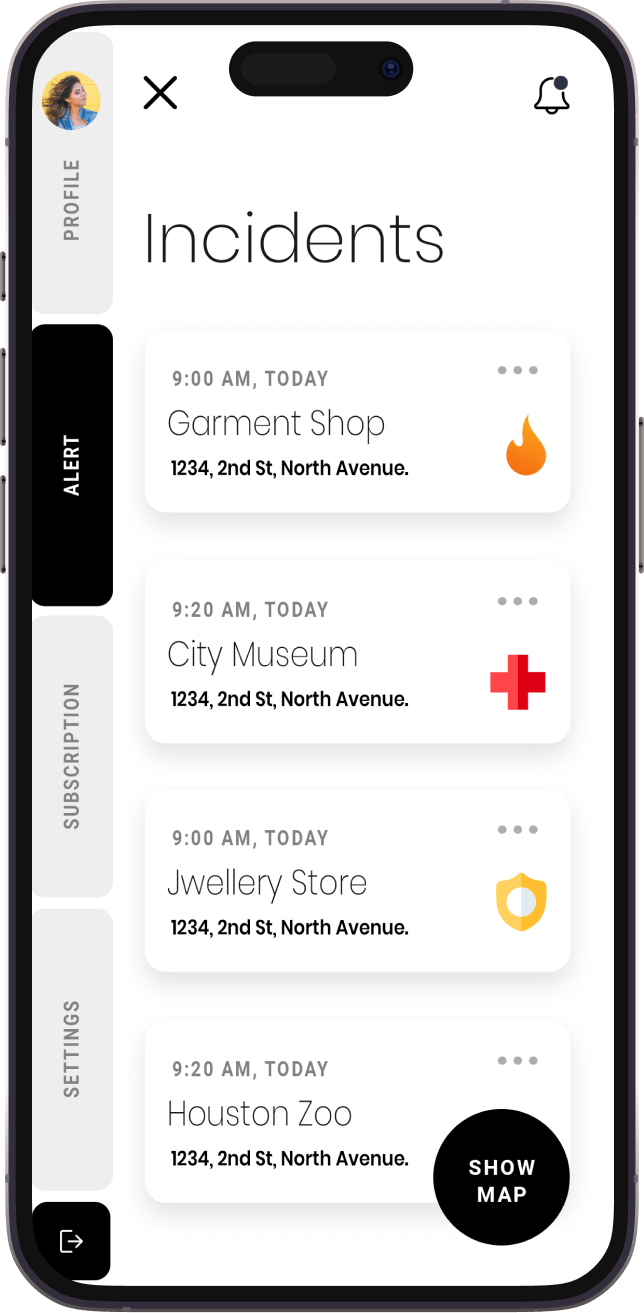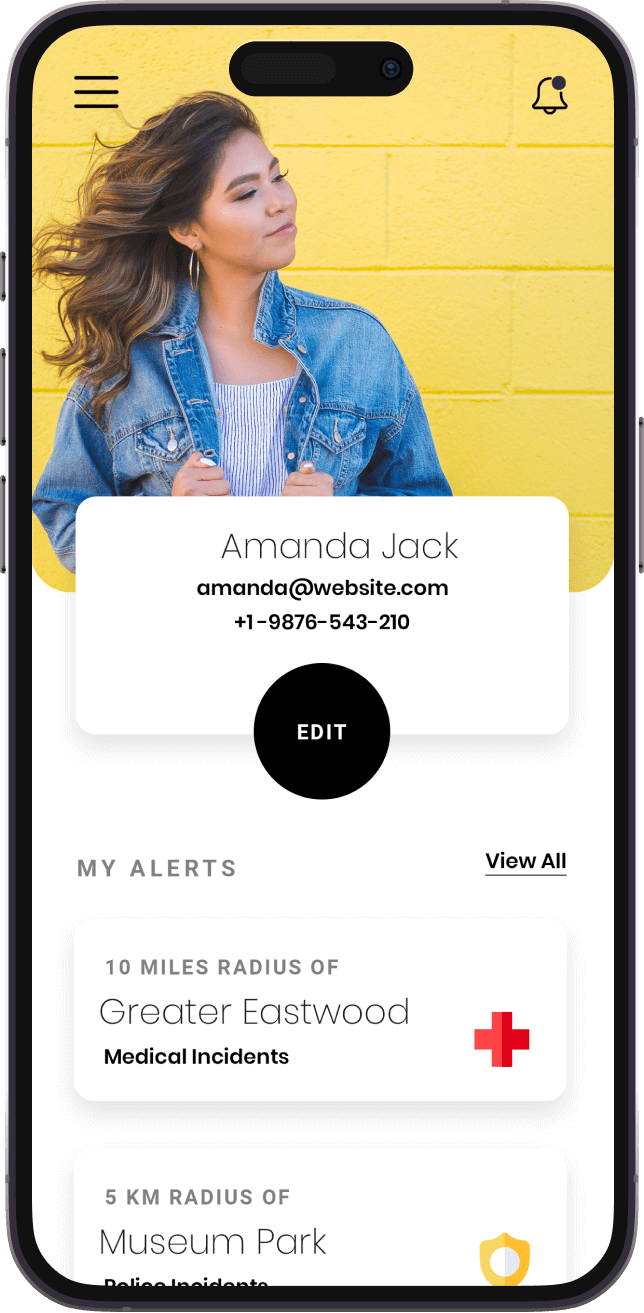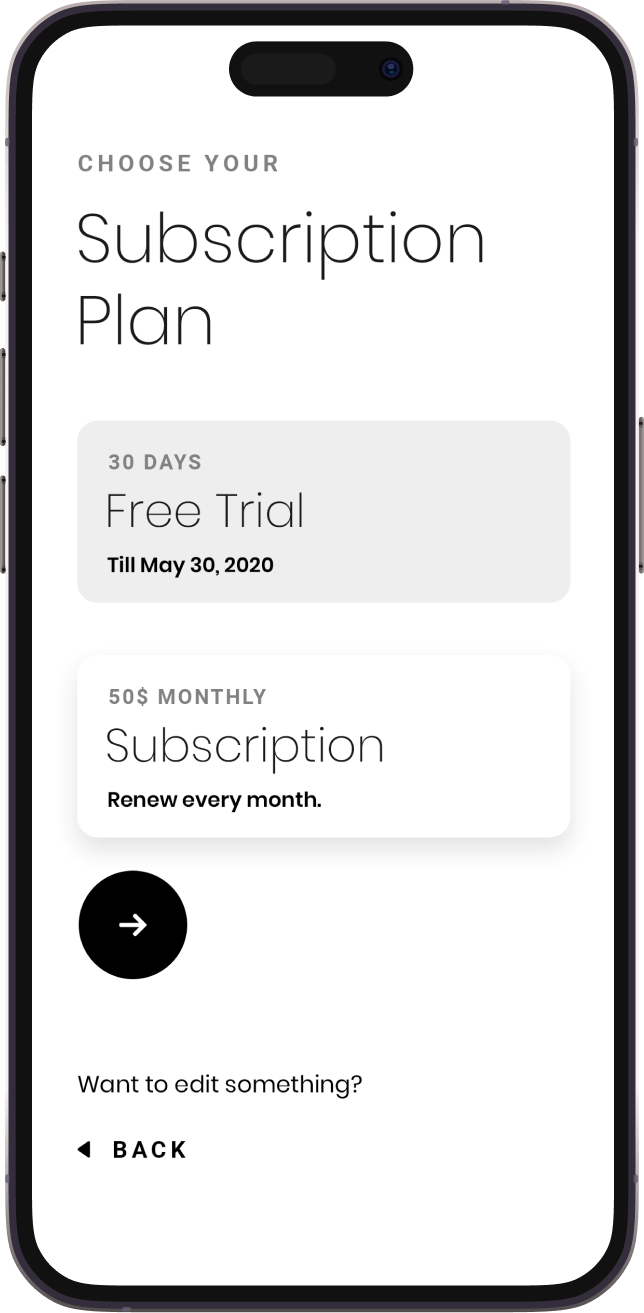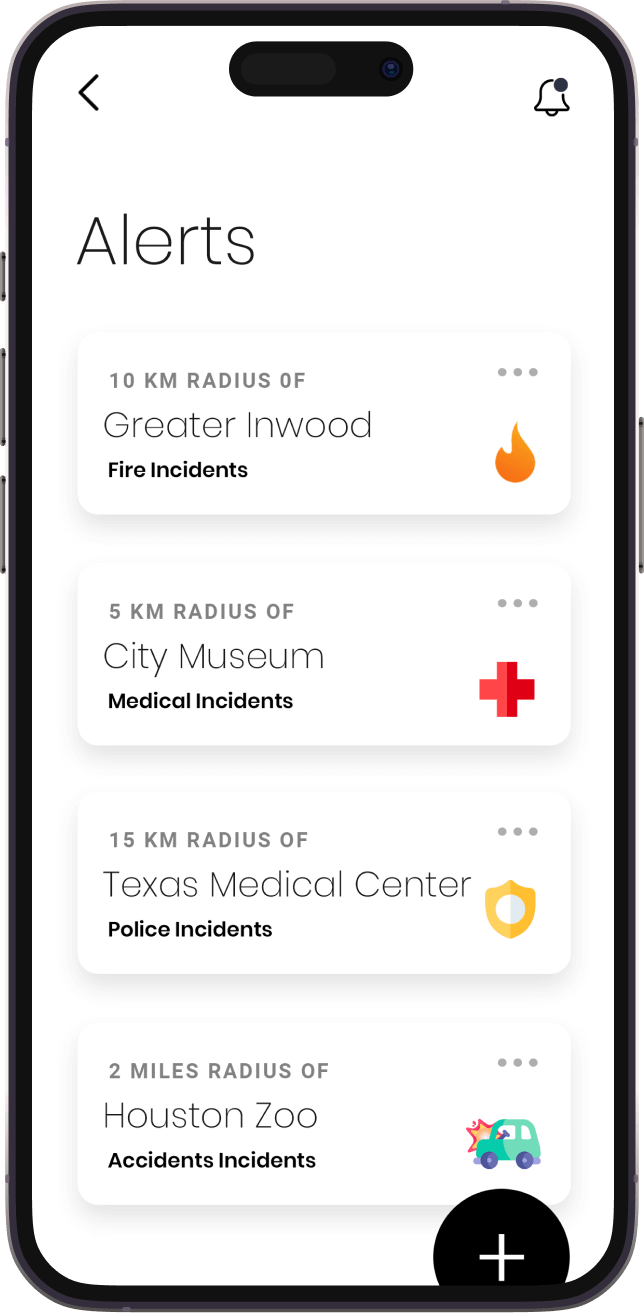We use cookies to give you a better browsing experience. Know how we use your data.
We use cookies to give you a better browsing experience. Know how we use your data.
When the Incident Alert team came to us, they had conceptualized a hybrid mobile and web application to facilitate viewing (on a map) of local emergency events from credible sources like the Police, Fire, EMS, and Traffic. The idea was to build a solution that would provide users the ability to be notified about and find emergency events in the geographical coordinates they selected in the application.

Incident Alert was an end-to-end software development project for us. We started by studying the different scenarios where the users would require and access real-time incident alert. Based on the different scenarios study, we worked out categories that were divided according to the emergency types.
With the concept finalized, the execution part of the project was initiated.

We held an extensive design sprint session where we worked with real users to learn what they expected from the solution and how they would use the application. Based on the session, we learned two things:
Users wanted a real-time notification of what was happening in the geographical location of their choice
They wanted a proper categorization of emergency events detailing what happened
They wanted to share the news with their loved ones so that they could be made cautious.
When designing the application, we took care of all these elements ensuring that the app didn’t add to the worry of emergencies. Our designers made use of minimal elements and interface to ensure that the experience was easy to flow.







Incident Alert was a blend of multiple features and functionalities connected through smart integrations. The modus operandi of the development cycle was to build a simple application that would have categories of different emergencies and would make it easy for the users to view them without juggling with monotonous activities like adding locations, logins after every event, etc.
We followed an agile approach to bring the application to life in 3 months. Noting the limitations in the delivery timeline, we opted for cross-platform development so that the application could go live on both Android and iOS with less effort and resources. Moreover, to make the application real-time, we knew that there had to be a database of emergency events happening in every location - this is where APIs like TomTom Incidents API, Houston Transtar, and Houston Active Incident API emerged as reliable data sources.
At the back of the right mix of technologies and a skilled team of researchers, designers, and developers, we worked on these MVP functionalities -
Map Local Emergencies by Incident Type
Incident details
Custom pin pictures for each incident type
Notification for an emergency event that is part of an alert filter
All events on Google Maps with different color pin
Subscription-based login









After delivering the application in the pre-decided timeline of 3 months, we are now working on its maintenance while the Incident Alert team is working on partnerships with the local authorities. We are hopeful that the application will become a reliable source of information for people looking to stay vigilant in these unprecedented times.



The journey starts here. We're excited
to meet you.